Mixer Mill
- Retsch - MM 400
- Material feed size: ≤ 8 mm
- Final fineness: ~ 5 µm
- 3 different grinding modes - dry, wet or cryogenic
The mixer mill MM 400 is a compact versatile bench-top unit, which has been developed specially for dry, wet and cryogenic grinding of small amounts of sample.
It can mix and homogenize powders and suspensions in only a few seconds. It is also perfectly suitable for the disruption of biological cells as well as for DNA/RNA and protein extraction. With its high performance and great flexibility the mixer mill MM 400 is a unique product in the market.
You may also be interested in the High Energy Ball Mill Emax, an entirely new type of mill for high energy input. The unique combination of high friction and impact results in extremely fine particles within the shortest amount of time.
Application Examples
alloys, animal feed, bones, ceramics, cereals, chemical products, coal, coke, drugs, electronic scrap, glass, grains, hair, minerals, oil seeds, ores, paper, plant materials, plastics, sewage sludge, soils, straw, tablets, textiles, tissue, tobacco, waste samples, wood, wool, ...
Product Advantages
- reproducible, efficient grinding, mixing and homogenization in seconds
- powerful grinding by impact and friction, up to 30 Hz for up to 20 samples per run
- 3 different grinding modes (dry, wet or cryogenic)
- screw-top grinding jars for leak-proof grinding
- 9 SOPs can be stored
- wide range of accessories including various jar and ball sizes, adapter racks for single use vials and tubes, grinding tool materials, CryoKit
- efficient cell disruption of max. 240 ml cell suspension for DNA/RNA- and protein extraction
- isolation of bacteria from tissue in 8 x 30 ml bottles or 20 x 5 ml vials for accurate diagnosis of infections
Function Principle
| Applications | size reduction, mixing, homogenization, cell disruption, cryogenic grinding |
| Field of application | agriculture, biology, chemistry / plastics, construction materials, engineering / electronics, environment / recycling, food, geology / metallurgy, glass / ceramics, medicine / pharmaceuticals |
| Feed material | hard, medium-hard, soft, brittle, elastic, fibrous |
| Size reduction principle | impact, friction |
| Material feed size* | ≤ 8 mm |
| Final fineness* | ~ 5 µm |
| Batch size / feed quantity* | max. 2 x 20ml |
| No. of grinding stations | 2 |
| Setting of vibrational frequency | digital, 3 - 30 Hz (180 - 1800 min-1) |
| Typical mean grinding time | 30 s - 2 min |
| Dry grinding | yes |
| Wet grinding | yes |
| Cryogenic grinding | yes |
| Cell disruption with reaction vials | yes, up to 20 x 2.0 ml |
| Self-centering clamping device | yes |
| Type of grinding jars | screw top design |
| Material of grinding tools | hardened steel, stainless steel, tungsten carbide, agate, zirconium oxide, PTFE |
| Grinding jar sizes | 1.5 ml / 5 ml / 10 ml / 25 ml / 35 ml / 50ml |
| Setting of grinding time | digital, 10 s - 99 min |
| Storable SOPs | 9 |
| Electrical supply data | 100-240 V, 50/60 Hz |
| Power connection | 1-phase |
| Protection code | IP 30 |
| Power consumption | 150 W |
| W x H x D closed | 371 x 266 x 461 mm |
| Net weight | ~ 26 kg |
| Standards | CE |
*depending on feed material and instrument configuration/settings

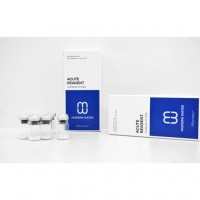
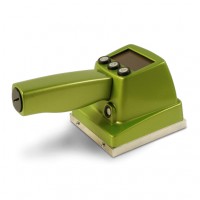

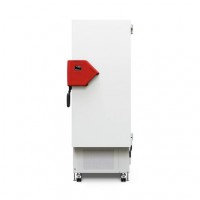
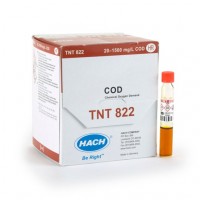
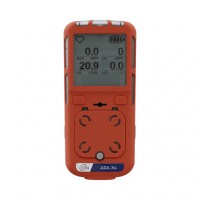

Do you have a question?
min 10 ch